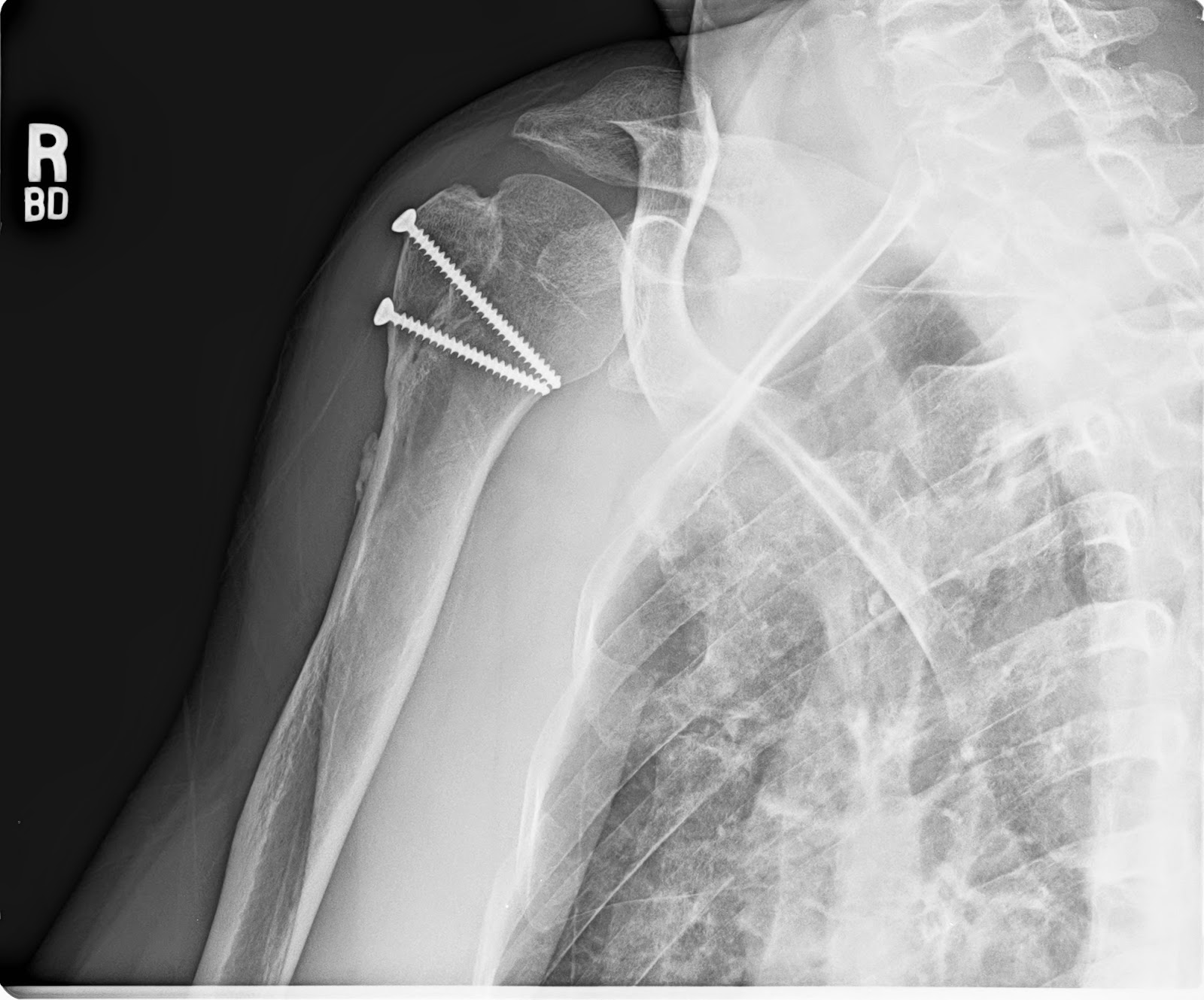

Coronal shear fractures can be classified after Bryan and Morrey or Dubberley 1-4. Other classifications are the Milch classification of single columnar articular fractures, which differentiates fractures on whether the lateral trochlear ridge is affected or intact and the Jupiter classifications for bi-columnar articular fractures. the height of the transverse fracture (transcondylar, supracondylar)Ī commonly used classification system of distal humeral fractures, which takes those features into account is the AO/OTA classification 5.

#Oblique humerus fracture full#
direct compression of the capitellar articular surface by the radial head either in extension or full flexion – results in an isolated capitellar fractureĭistal humeral fractures can be classified based on the following 5:.indirect valgus or varus trauma in elbow extension – this usually results in a complete articular fracture.direct impaction of the proximal ulna onto the trochlea or the capitellum, with the elbow in a flexed or extended position – this usually results in a complete articular fracture.Typical mechanisms include the following 3: Most distal humeral fractures are a result of a high energy trauma or a fall. Trauma-related complications include the following 1:ĭistal humeral fractures can involve the epicondyles, the trochlea, the capitellum and the metaphysis of the distal humerus or all of those osseous structures. Weakness or paresthesias of the wrist might indicate nerve injury 1. Decreased or abnormal pulses might indicate a concomitant vascular injury. Typical symptoms include pain and swelling of the elbow, instability and functional disability. sports activities with increased risk of high energy trauma.Risk factorsĪttributes, characteristics or activities that increase the likelihood of sustaining a distal humeral fracture include 1-3: Similar to distal femoral fractures they show a bimodal distribution being common in young males and elderly women 1,2. They occur with an incidence of about 5.7/100,000 per year and represent about 30% of all humeral fractures and about 2-6% of all fractures 1-4.


 0 kommentar(er)
0 kommentar(er)
